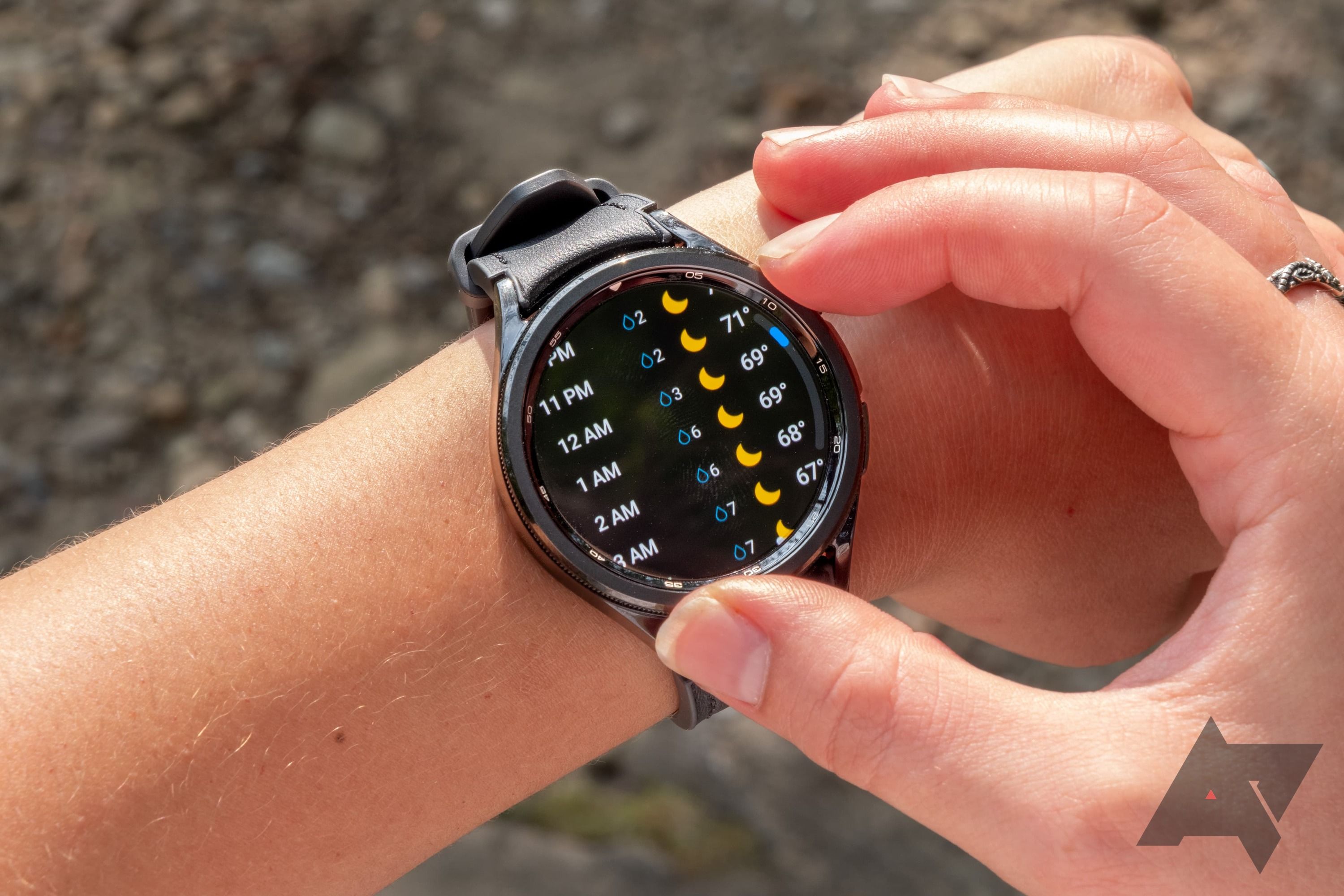Summary
- Google’s SEEDS AI tool offers efficient medium-range weather forecasts, improving predictions of rare and extreme weather events.
- Compared to supercomputers, SEEDS can produce accurate results at a lower cost, reducing overall operational expenses for forecasting.
- The AI model generates large quantities of forecasts, providing weather experts with more data for analysis and climate projections.
When it comes to forecasting the weather, no one can deliver 100 percent accuracy. Despite the strides that have been made in terms of tools and resources, there is still room for improvement. Unsurprisingly, weather tracking experts are looking into the development of AI and supercomputers to create large-scale forecasting models. However, the cost required to operate these new resources can increase exponentially over time. Now, Google has stepped in with an AI tool of its own to help with this problem.

Google’s weather forecasting tool is already blowing away conventional models
GraphCast uses AI to forecast up to 10 days of weather in less than 1 minute
In a blog post, Google explains that it has developed a new generative AI model called Scalable Ensemble Envelope Diffusion Sampler (SEEDS). The model was created to develop weather forecasts at scale, but the difference between it and existing technology is the cost — compared to a supercomputer, for instance — SEEDS can yield the same results without needing the same complex technology. This can ultimately reduce the overall cost of the operation, all with the goal of more accurately predicting storms and other weather events over time.
The potential of Google’s SEEDS AI tool
Because of the large quantity of forecasts that SEEDS can create, it can also give weather experts more data to work with, thus increasing the potential for more analysis. With additional climate projections at their fingertips, users will presumably be able to paint a better picture of the climate and weather to expect. Google’s demonstration of SEEDS’ full potential as it stands was recently published in the journal Science Advances.
While the notion of Google dabbling in AI weather forecasting might sound strange, the company has been finding ways to leverage the technology in this sector for a while. For instance, it demonstrated the potential of GraphCast — the machine-learning model from its DeepMind branch — back in 2023, showing its prediction capabilities. At the time, it was able to show that, compared to numerical weather prediction, AI could use the same historical data to develop accurate predictions.
Not everyone is on board with using AI for work that has been, until now, previously executed by humans, but it’s hard to deny its functionality. In some cases, its accuracy may even be what eventually encourages all meteorologists to turn to it in the future.




